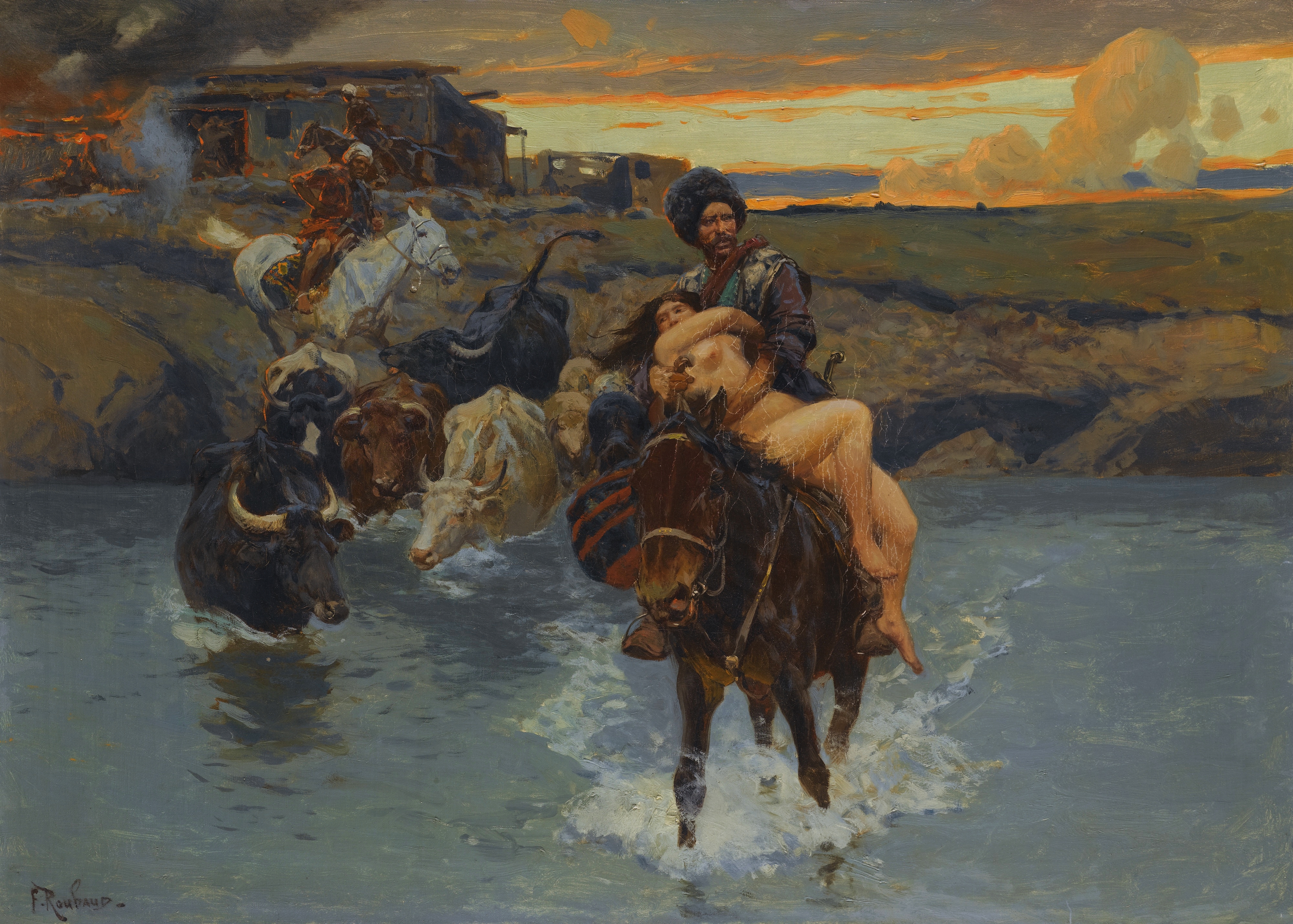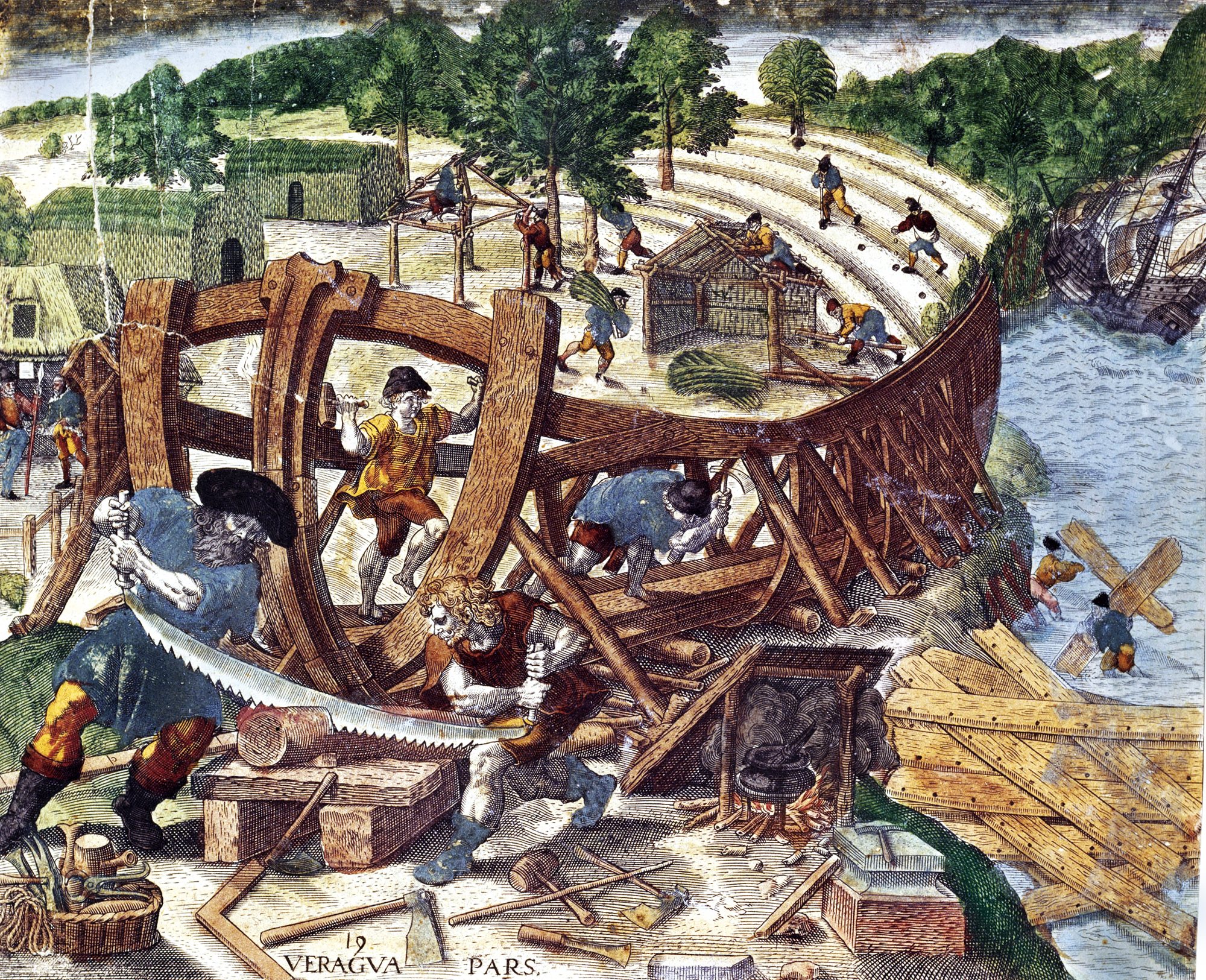Version 1.4.7 is out - Windows, MacOS and Linux compatible
Foothold in India: The Great Game
Spoiler Alert, click show to read:
Foothold in India is a light overhaul modification, addressing the problems of vanilla Empire while staying true to its spirit.The Great Game was a rivalry between the 19th century British and Russian Empires over influence in Asia, primarily in Afghanistan, Persia, and later Tibet. The two colonial empires used military interventions and diplomatic negotiations to acquire and redefine territories in Central and South Asia. By the early 20th century, a line of independent states, tribes, and monarchies from the shore of the Caspian Sea to the Eastern Himalayas were made into protectorates and territories of the two empires.
It is a modular project, with all '.pack' files acting as independent modules that can be applied in any combination with each other or as standalone modifications.
The mod is designed to run on MacOS, Linux and Windows.
The original project
Tired of having to begin every campaign with conquering India to contain the Orange Plague, I analyzed the reasons behind Marathas consistent rise to uncontested power:
- Unfairly strong starting armies
- Very good generals, which only get better
- Very strong troop roster, with easilly accessable well above average linear infantry and mailed lancers
- Insanely rich starting provinces
- Very capable initial cabinet and ruler
- And last but not least, only one weak enemy in the whole India
The fact that India is divided between just 2 real powers [the passive Mysore and Netherlands don't count] allows Marathas to steamroll the Mughals, conquering all the rich territories and eventually become an economical [and thus military] superpower.
The most natural solution to this would be introducing more players into the subcontinent - that way we decrease the risk of emergence of one dominant local power conquering all the provinces. Taking all of the above into account I decided to simply give the whole eastern and southern shore to Britain and France which deter Marathas from annexing these territories and are able to compete with them. This is not historically correct, since Europeans only began conquering India on a grand scale later during the century, but this solution is much more robust than trying to make the AI do naval invasions, and should balance out the game gameplay-wise.
Attention: No hybrid startpos methods were involved! All changes are done by simply editing the existing startpos, replacing all the IDs, only touching enough of the BDI to make it work etc. I tried to ensure the mod is bug-free as much as possible, but if you notice any - please share!
Small mods collection
Spoiler Alert, click show to read:
Aside from Foothold in India, I'm sharing a collection of small modifications either created by me or adapted from other projects, which include unit packs, bug-fixes, formations and unit sizes, AI changes, and more.
The highlits are my unit packs for minor factions of Crimea/Caucasus and Maghreb (Northern Africa), as well as a mod allowing Barbary Pirates and Buccaneers to shoot pistols and throw grenades. The packs are designed to provide a unique playing experience, keeping the rosters limited, making the player come up with ingenious playing style.
All the mods in the package are designed with compatibility in mind and can be used as standalone mods or in combination with each other and/or Foothold in India startpos.
Patch6: A conservative community bug-fix compilation
Spoiler Alert, click show to read:
Patch6 is a compilation of bug-fixes. It's aim is not to change the gameplay or rebalance the game, but to only fix the most apparent bugs and oversights as conservatively as possible while staying true to vanilla.
What is included:
- trueman11's simple naval fix with ship gun batteries rebalancing
- BraselC5048's "poor port curse" town wealth fix without companion mod (if you wish to install the companion mod as well, please download and install it separately)
- ilia_r_s's Native American archer recruitment fix
- ilia_r_s's minor factions ship duplication fix
- ilia_r_s's emergent factions churches fix
- ilia_r_s's Unit stats minor fixes
Vanilla + Foothold in India changelist:
- Bengal and Orissa are now British
- Carnatica and Hyderabad are now French
- Marathas are now practically a one-region state, but it is still in a good enough position to expand
- Two Mughal armies and one Mughal general are reassigned to Britain and the troop types replaced with British East India Company
- Two Maratha armies and one Maratha general are reassigned to France and the troop types replaced with French East India Company
- Initial European armies in the subcontinent include few line infantry/cavalry and many colonial militia, pikemen and provincial cavalry, resembling other colonial armies in the game at 1700
- Orissa now has a minor governor's encampment
- Bawdy houses in Bengal and Carnatica are replaced with church schools
- Bengal, Orissa, Carnatica and Hyderabad now have a fraction of Christian population
- Both Britain and France now have historical governors of India for that time - Josiah Child and François Martin. Some of their traits represent historical truth, but some are added only to make the provinces less rebellious
- Optional submods nerfing Bargir Infantry included
- All factions except emergent and American protectorates are unlocked in main campaign
The Great Game Campaign changelist:
- Admiralties in Denmark and Barbary States.
- Emergent Bohemia (replaces Hessen).
- Caucasian and Crimean starting armies replaced with units from the Caucasus unit pack.
- Ottoman capital moved to Ankara (for gameplay concerns: the AI tends to defend the capital better, and Anatolia is a more important place than Rum, since it has a school and is a vast major province).
- Carlos II is 99 year old (so that the Spanish Succession War starts faster).
- Readjusted AI, making all factions fully functional (in vanilla, minor factions are almost inactive).
- Readjusted diplomatic relationships, primarily between Eastern factions, to make them more dynamic.
...and more.
Download
Source code on GitHub








 Reply With Quote
Reply With Quote







